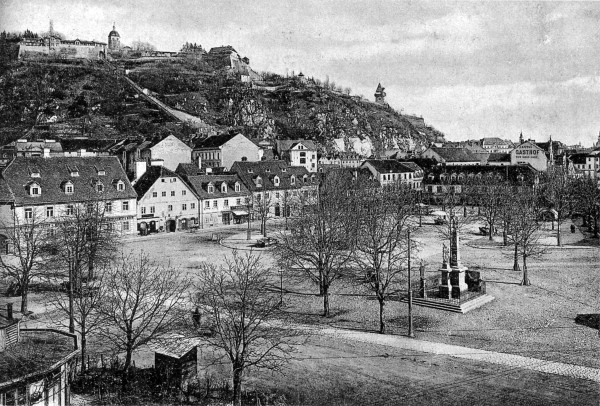- Also: Gratz, Gradec.
- Year 1905. 27-05-1905 until 02-06-1905.
- Year 1906. 16-05-1905 meeting Richard Strauss (1864-1949) after Salome performance.
- Year 1906. 01-12-1906 until 04-12-1906.
Graz is the capital of Styria and the second-largest city in Austria after Vienna. For centuries, Graz was more important to Slovenes, both politically and culturally, than the capital of Slovenia, Ljubljana, and it remains influential to this day.
Graz is situated on the Mur River in the southeast of Austria. It is about 200 km (120 mi) southwest of Vienna. The nearest larger urban centre is Maribor in Slovenia which is about 50 km (31 mi) away. Graz is the capital and largest city in Styria, a green and heavily forested area.

Graz lies in Styria, or Steiermark in German. Mark is an old German word indicating a large area of land used as a defensive border, in which the peasantry is taught how to organize and fight in the case of an invasion. With a strategic location at the head of the open and fertile Mur valley, Graz was often assaulted (unsuccessfully), e.g. by the Hungarians under Matthias Corvinus in 1481, and by the Ottoman Turks in 1529 and 1532. Apart from the Riegersburg Castle, the Schlossberg was the only fortification in the region that never fell to the Ottoman Turks.
Graz is home to the region’s provincial armory, which is the world’s largest historical collection of late medieval and Renaissance weaponry. It has been preserved since 1551, and displays over 30,000 items.
From the earlier part of the 15th century, Graz was the residence of the younger branch of the Habsburgs, which succeeded to the imperial throne in 1619 in the person of Emperor Ferdinand II, who moved the capital to Vienna. New fortifications were built on the Schlossberg at the end of the 16th century. Napoleon’s army occupied Graz in 1797. In 1809, the city withstood another assault by the French army. During this attack, the commanding officer in the fortress was ordered to defend it with about 900 men against Napoleon’s army of about 3,000. He successfully defended the Schlossberg against eight attacks, but they were forced to give up after the Grande Armée occupied Vienna and the Emperor ordered to surrender.
Following the defeat of Austria by Napoleonic forces at the Battle of Wagram in 1809, the fortifications were demolished using explosives, as stipulated in the Peace of Schönbrunn of the same year. The belltower and the civic clock tower, often used as the symbol of Graz, were spared after the people of Graz paid a ransom for their preservation.
Archduke Karl II of Inner Austria had 20,000 Protestant books burned in the square of what is now a mental hospital, and succeeded in returning Styria to the authority of the Holy See. Archduke Franz Ferdinand was born in Graz, in what is now the Stadtmuseum (city museum).
